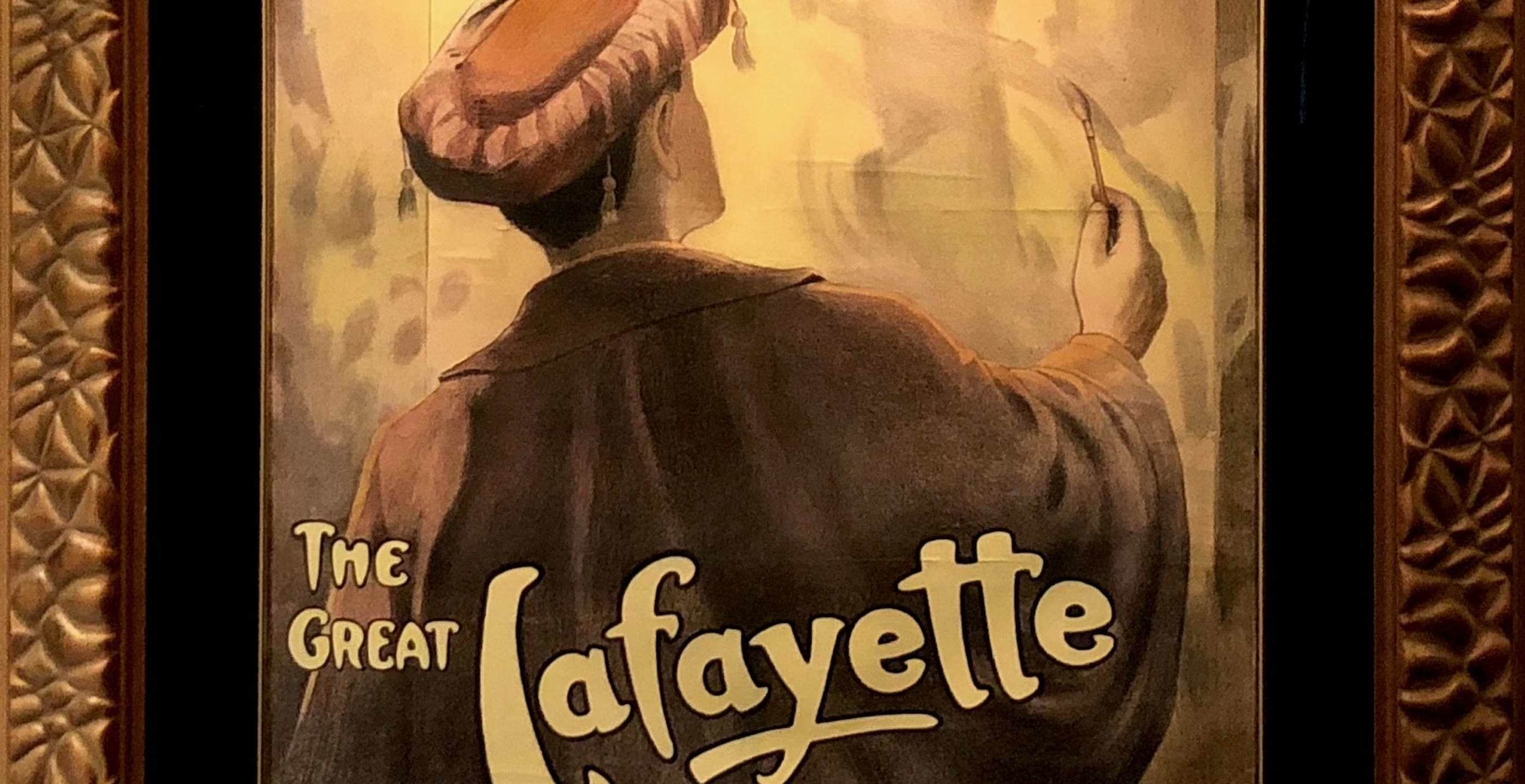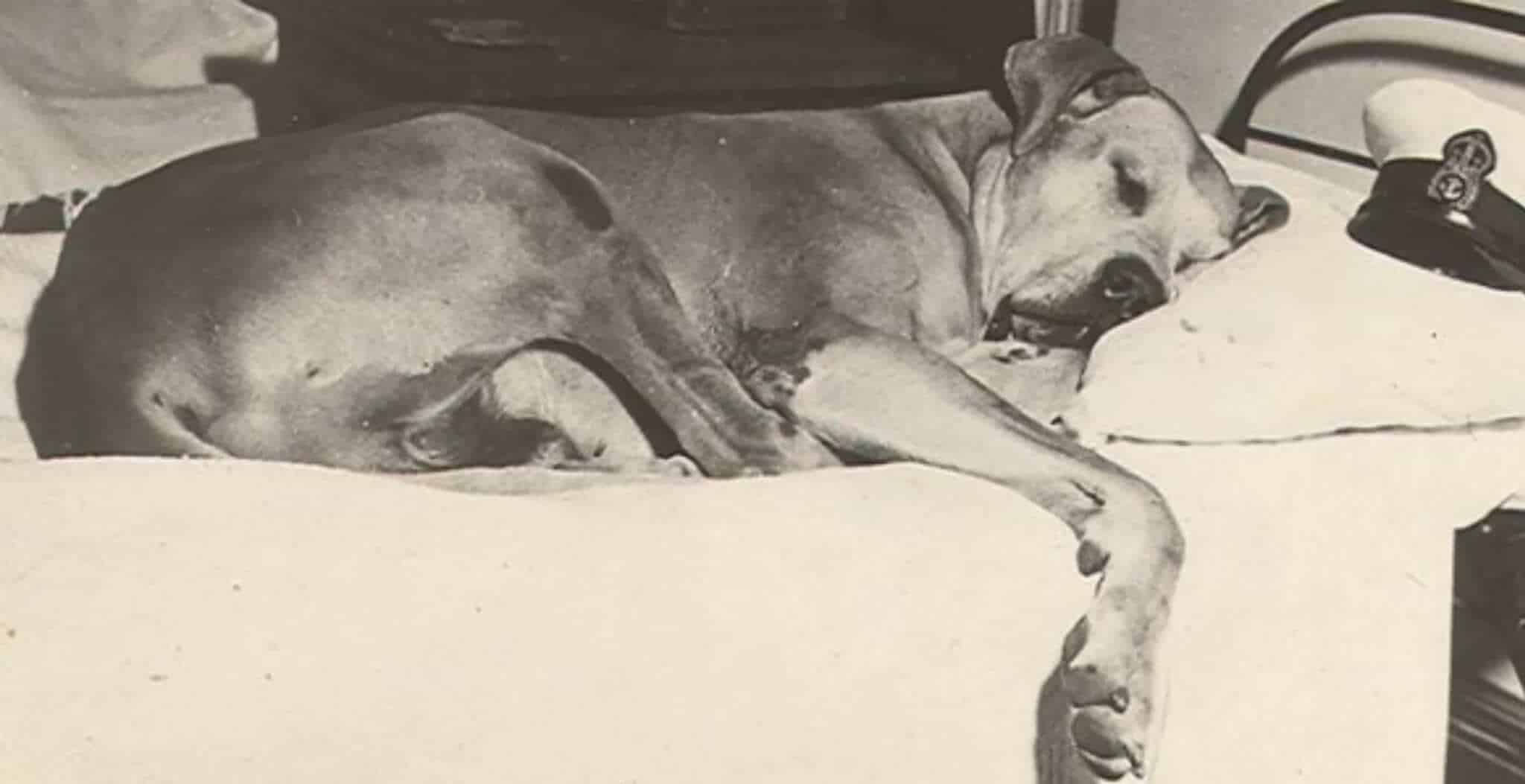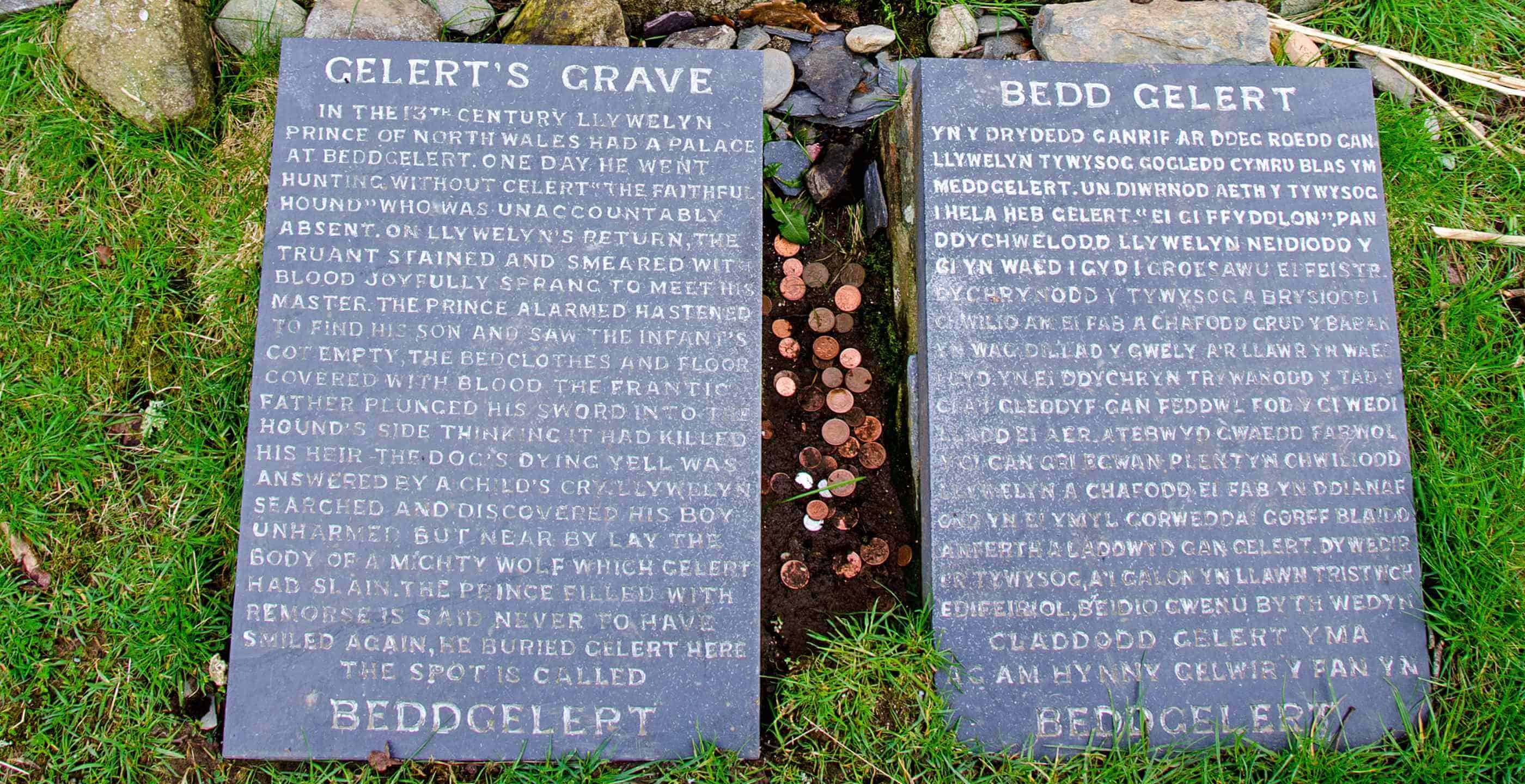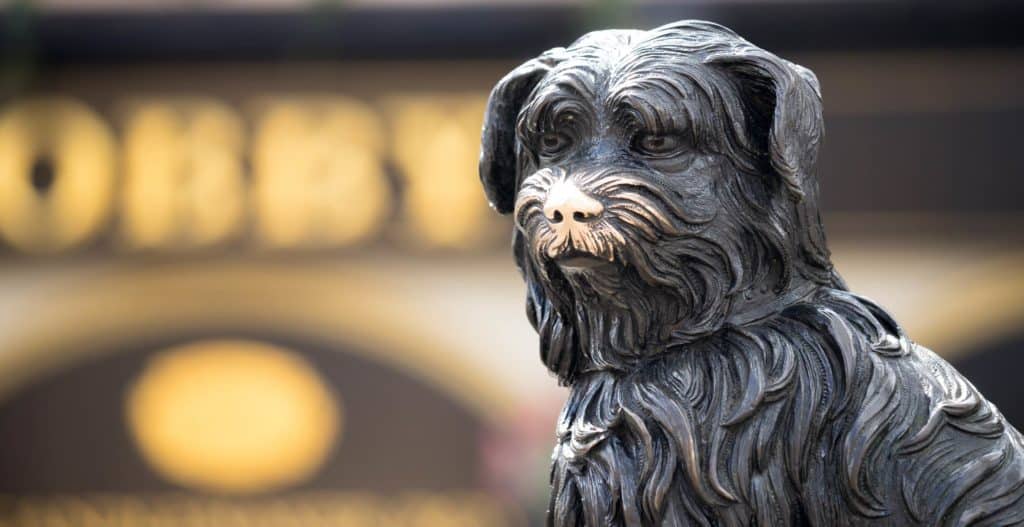On 9th May 1911, The Palace Empire Theatre in Edinburgh was packed with an audience of 3,000 people. They were there to see the spectacular illusions of the world’s most talented and famed magician, The Great Lafayette.
A friend of Harry Houdini and a much-copied illusionist, offstage The Great Lafayette was a private individual who shunned social events and had little to do with his fellow magicians. Houdini was an exception. In 1899, he had given The Great Lafayette the dog that the magician adored above everything and everyone else in his life. Her name was Beauty.
Born Sigmund Neuberger in Munich in 1871, The Great Lafayette had emigrated to the USA with his family, as did Harry Houdini. Both Neuberger and Houdini had the fortune to be born into an age when the fame of great illusionists could spread quickly around the globe, thanks to emerging technologies as well as great demand from audiences to be amazed and entertained.
One of America’s most popular magicians in the late 19th century was the Chinese illusionist Ching Ling Foo, who would provide inspiration and a challenge for not only Neuberger, but also two other famed magicians of the era. These were Charles Carter (Carter the Great) and Billy Robinson, who as his alter-ego Chung Ling Soo, performed for many years without some of his friends even realising who he was. He was fatally injured while in character, on stage, when a shooting act went badly wrong.
Neuberger’s own career started in fairly typical fashion, learning the craft of vaudeville out west in the USA‘s mining camps and towns. It was a tough but lucrative business and probably the baptism of fire that any performer needed to prepare them for a life on stage. During this time, Neuberger developed a shooting act with bow and arrows, and this he presented in London in the early 1890s.
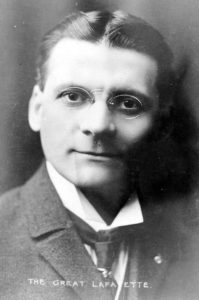
When success eluded him, he returned to the States and began to work on material that was much more provocative and dramatic. It included quick changes of costume, sharp-shooting and impressions.
Neuberger was ambitious and he had the flair, imagination and audacity required to stage gorgeous on-stage illusions. As his career developed, his fame came from the quality of the staging of his incredible set-pieces, all of which required immense work behind the scenes by a dedicated staff.
One of his earliest large-scale productions was based on the coronation of Edward VII and in it he took the parts of all the principals, including the Archbishop of Canterbury, in quick-change succession right in front of the audience.
Neuberger was now The Great Lafayette, “The Man of Mystery”. The first staging of his signature illusion, “The Lion’s Bride”, came soon after his coronation production. His use of horses, dogs and a lion in his illusions was hard to emulate, although some magicians certainly tried. By the early 1900s, Neuberger was well on the way to superstardom, with a house in Tavistock Square in London and his own luxury railway carriages in the USA, one for himself and the other for his animals. When the carriages caught fire in 1905, it was fortunate that the animals were not on board, having been taken to the theatre ready for the next performance.
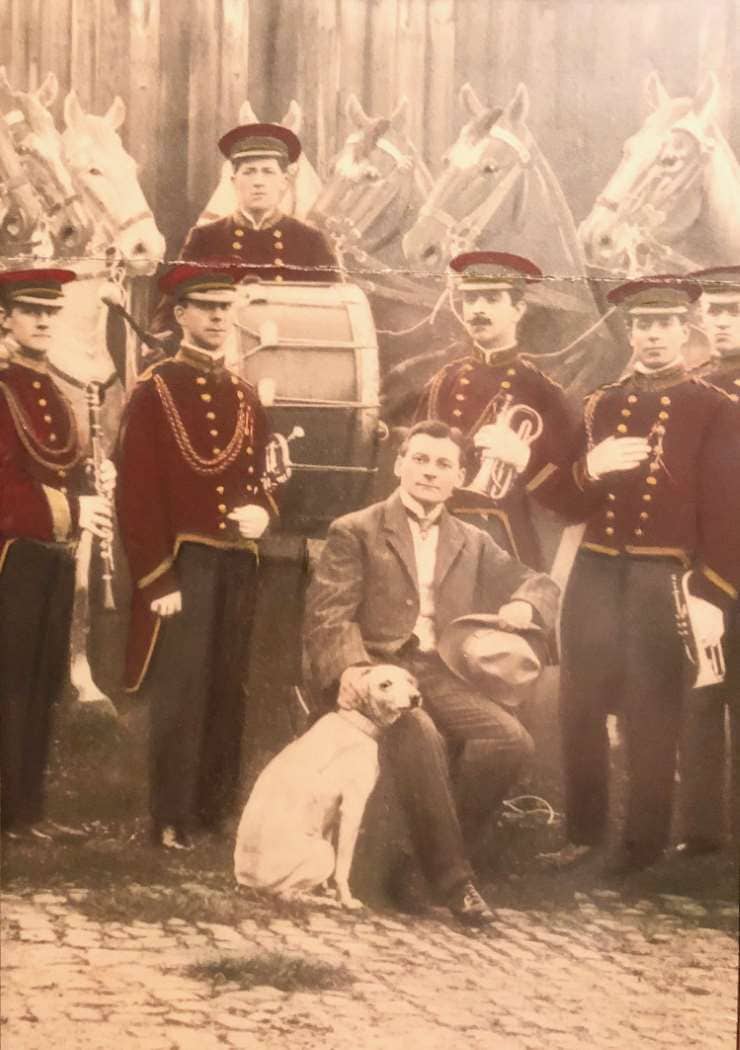
By 1910, the famed impresario Oswald Stoll was booking The Great Lafayette for a long run of six weeks over Christmas at his prestigious London Coliseum. When The Great Lafayette appeared at Edinburgh’s Empire Theatre in May of the following year, he was at the height of his fame. His earnings have been estimated at about £44,000 a year, a figure that would easily correspond to the multi-millionaire bracket today.
The major beneficiary of his wealth was Beauty, who lived a life of luxury. When not taking part in his stage act, the dog could be seen riding around in her own special bed at the front of his automobile. At home and on tour she had her own room and five meals a day. The press said her collar was studded with diamonds and she ate from a golden bowl. The magician had a plaque engraved with the words: “The more I see of man, the more I love my dog”.
Shortly after arriving in Edinburgh in style with Neuberger, Beauty was taken ill. The magician had begun his sell-out performances at the Empire Palace Theatre on May 1st. Despite Neuberger paying for the services of a doctor and nurses to look after Beauty, she died on May 4th . Reports say that the cause of her death was apoplexy brought on by over-feeding and indulgence. However, she would have been by some estimates around 15 years old, an advanced age for a dog.
The effect on The Great Lafayette was devastating. He had Beauty embalmed and went to visit her at the funeral parlour every day. Amazingly, he managed to arrange to have her buried in Piershill Cemetery, Edinburgh, but only by agreeing with the authorities that he would be buried in the same place when he died. This would seem to be a measure of his celebrity status at that time.
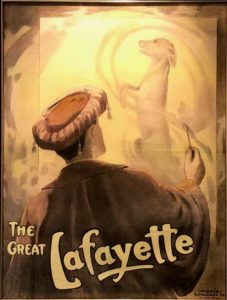
Despite his grief, the magician prepared for the evening performance of his show at the Empire on the 9th of May. The Great Lafayette did not perform magic tricks, as such. His show was more a series of magical sketches or theatrical performances, sometimes with a quasi-classical theme, such as “The Sculptor’s Dream”, in which a statue of Leda and the Swan comes to life. Sometimes, as in the tale of the vivisectionist Dr Kremser, the story was dark and bizarre.
“The Lion’s Bride”, the high point of the whole performance, included themes and characters that may seem dated and stereotypical from a 21st century perspective, but which were sensational at the time. The Princess Pari Banu, “a beautiful Christian maiden” survives a shipwreck, only to be taken into the harem of the monarch Alep Arslan. Her lover, the Persian envoy, played by The Great Lafayette, rides to her rescue, even daring to enter the harem to attempt her release.
The princess is offered the choice of becoming the wife of the Pasha or being thrown into a cage with the royal lion. She chooses death, and the denouement of the act involved the princess being placed in the cage with a real lion, which leaped towards her, only to have the head dramatically torn away to reveal the magician himself. The act was set against a backdrop of fire-eaters, jugglers and costumed performers who brought the whole scene vividly to life.
Just as the act was coming to an end, one of the oriental style lanterns hanging above the stage caught fire. Since the audience was expecting the special effects for which The Great Lafayette was famous, no-one realised at first that anything was wrong. The fire curtain was immediately dropped into place, separating the audience from the performers on the stage.
The audience was evacuated reasonably quickly without injury or loss of life, but those on the stage were not so fortunate. They were effectively trapped, since the management (some accounts say Neuberger) had arranged to have the stage door locked. Neuberger apparently escaped, but returned to save his horse from the flames. He, along with ten members of the cast and crew perished in the fire. So did The Great Lafayette’s lion and horse.
It took three hours to get the blaze under control. Photographs and film footage of the theatre show the destruction of the stage area, with the burned body of the lion clearly visible. Among the dead was a small teenager, Alice Dale, who had played the part of a mechanical teddy bear in a way that was eerily convincing to audiences. She was identified by the charred remains of the costume that she was still wearing.
The body of the magician was cremated and prepared for burial in the same grave as Beauty. Then a sensational discovery was made under the stage – a second body, identified as The Great Lafayette by the diamond rings he wore, and wearing an identical set of clothing to the first body. The first discovery had been the illusionist’s body double, and not The Great Lafayette at all!
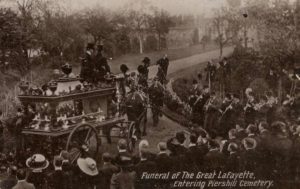
On 14th of May, an urn containing the ashes of the real Sigmund Neuberger, The Great Lafayette, Man of Mystery, was carried to Piershill Cemetery. At the head of the lengthy cortege was his motor vehicle. The way was lined with 250,000 people who had come to pay their last respects. A horse and cart with a huge floral tribute followed, then came a band of musicians playing solemn funerary music in front of the black-plumed horses drawing the hearse.
Film footage of the extraordinary scene exists, apparently organised by Harry Houdini as a record of his friend’s final journey. The urn containing the ashes of The Great Lafayette was laid between the paws of Beauty, and the grave marked by a monument to remember the remarkable career and strange end of “The Man of Mystery”.
All images by kind permission of David Stahl. Copyright The Great Lafayette.com.
Miriam Bibby BA MPhil FSA Scot is a historian, Egyptologist and archaeologist with a special interest in equine history. Miriam has worked as a museum curator, university academic, editor and heritage management consultant. She is currently completing her PhD at the University of Glasgow.
